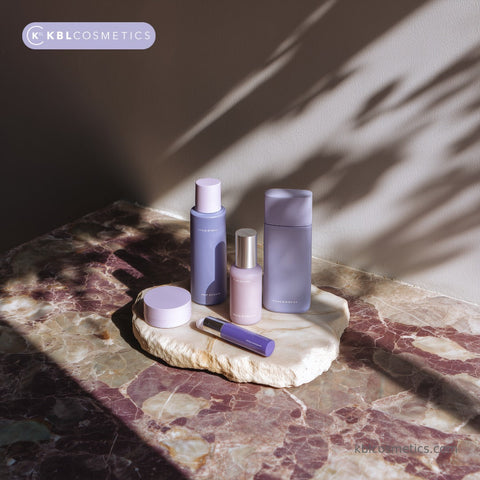Bioavailability describes how much of an active agent in cosmetic products becomes available to human skin after application. When a topical formulation encounters the outermost stratum corneum, formulation variables such as emulsion-based topical formulations, concentrated formulations, and formulation stability influence percutaneous absorption and skin permeability coefficient. Cosmetic ingredients must traverse the skin barrier and reach skin layers and skin compartments where they can interact with skin cells.
The role of delivery systems and lipid nanocarriers
Effective delivery systems boost skin delivery and transdermal delivery of active compounds. Technologies like lipid nanoparticles, solid lipid nanoparticles, nanostructured lipid carriers, liposome-encapsulated 5-aminolevulinic acid, and lipid particles act as active molecule carriers. These systems help shield UV filters, hyaluronic acid, salicylic acid, citric acid, oleic acid, and linoleic acid, increasing skin permeation and improving skin hydration, elasticity, and pigmentation balance.
Use of penetration and permeation enhancers
Percutaneous penetration enhancers and transdermal permeation enhancers are key to crossing the skin barrier. Agents like oleic acid and salicylic acid can alter lipid structure in the stratum corneum. Formulation techniques also use formulation differences, permeation enhancers, and active delivery strategies to improve transdermal delivery systems. Testing through in vitro transdermal absorption test, transdermal assay, transdermal dose evaluation, and transdermal cell culture models helps predict success.
Studying skin models and skin physiology
Modern approaches rely on 3D skin model and in silico skin penetration models as complements to skin discs and in vitro systems. These models mimic skin photodamage, skin thickness, skin aging, skin disorder, skin tone, skin pigmentation, and skin physiology. Skin penetration models and transdermal drug delivery assessments measure percutaneous delivery and skin permeation accurately.
Impact on formulation development and active delivery
Formulation development in cosmetic manufacturing focuses on combining active compounds with appropriate delivery strategies. Incorporation of lipid nanocarriers, UV filters, skin delivery technologies, and cosmetic actives increases the chance of penetrating skin layers and targeting skin cells. Formulation development ensures formulation stability, effective active delivery, and desired transdermal absorption.
Enhancing skin health through targeted absorption
When cosmetic ingredients such as hyaluronic acid, salicylic acid, or oleic acid reach deeper skin compartments, they contribute to skin hydration, skin elasticity, skin balancing, and prevention of skin photodamage. Active molecules delivered effectively influence skin aging, skin barrier repair, and treatment of skin disorders. Monitoring skin permeation coefficient and transdermal absorption ensures results in skin hydration and visible improvements.
Conclusion and next steps
Understanding bioavailability, including percutaneous penetration, delivery systems, formulation variables, and active compounds, is key to creating effective cosmetic products. Whether the goal is topical skincare formulation or transdermal drug delivery, using tools such as in vitro transdermal absorption tests, 3D skin models, and lipid nanoparticle carriers improves product performance. Please contact us to get started on developing your next skincare formulation.
